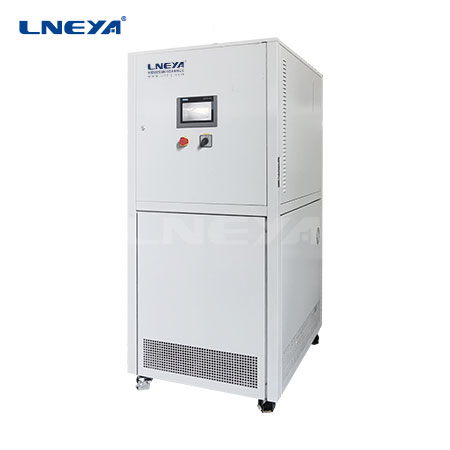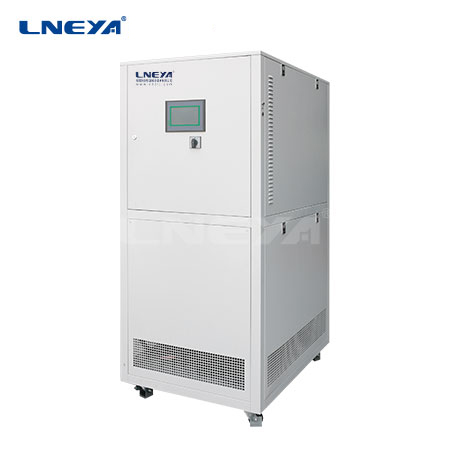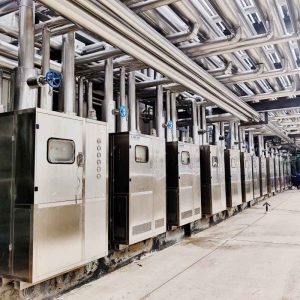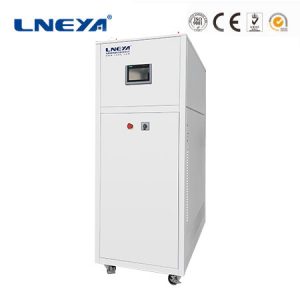Application of jacketed reactor cooling heating circulator in chemical reactions
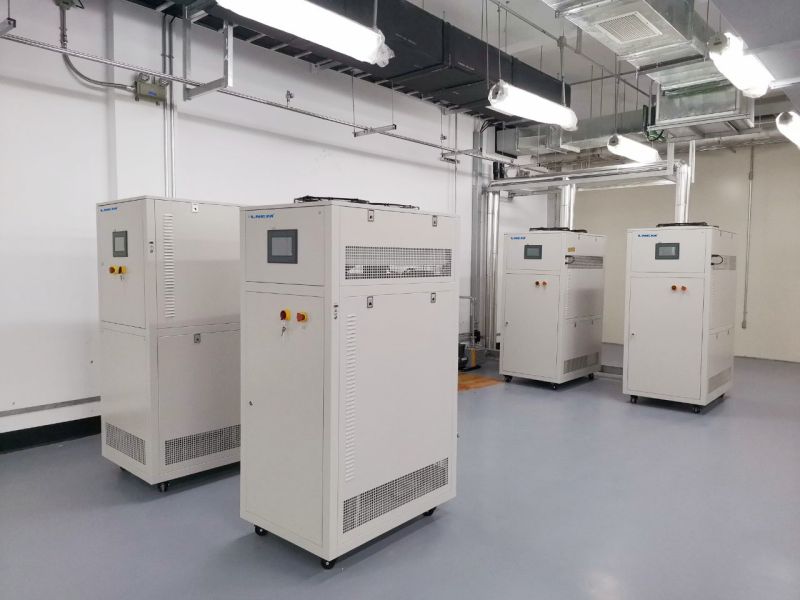
In the chemical industry, jacketed reactor cooling and heating devices are widely used in various chemical reactions.
Application of jacketed reactor cooling and heating devices in various chemical reactions:
- Polymerization reaction
Polymerization is a common chemical reaction that usually requires higher temperature and pressure conditions. The use of a jacketed reactor hot and cold integrated mold temperature controller can better control the temperature and pressure and improve the efficiency and quality of the polymerization reaction. For example, in the production of polyethylene, a jacketed reactor cooling and heating device can be used to control the reaction temperature and pressure, thereby improving the molecular weight and quality stability of the product.
- Esterification reaction
Esterification is an organic chemical reaction that usually requires high temperature and pressure conditions. The use of a jacketed reactor hot and cold integrated mold temperature controller can better control the temperature and pressure and improve the efficiency and quality of the esterification reaction. For example, in the production of ethyl acetate, a jacketed reactor cooling and heating device can be used to control the reaction temperature and pressure, thereby improving the yield and quality stability of the product.
- Nitrification reaction
Nitrification is a common organic chemical reaction that usually requires high temperature and high pressure conditions. The use of a jacketed reactor hot and cold integrated mold temperature controller can better control the temperature and pressure and improve the efficiency and quality of the nitration reaction. For example, in the production of nitroglycerin, a jacketed reactor cooling and heating device can be used to control the reaction temperature and pressure, thereby improving product yield and quality stability.
Recommander des produits
 LT -45℃~30℃
LT -45℃~30℃
CIRCULATEUR DE REFROIDISSEMENT A BASSE TEMPERATURE Pour un refroidissement rapide des liquides 1. Peut utiliser de l'éthylène glycol mélangé à de l'eau pour la réfrigération par circulation, ce qui permet d'économiser les ressources. 2.
 LT 10℃~30℃
LT 10℃~30℃
Économies d'eau et refroidissement par circulation 1. Peut utiliser de l'éthylène glycol mélangé à de l'eau pour la réfrigération par circulation, ce qui permet d'économiser les ressources 2.
 LT -25℃~30℃
LT -25℃~30℃
Réfrigération rapide à l'aide d'un compresseur à piston semi-fermé de marque importée, d'un compresseur à piston semi-fermé à deux étages, d'un compresseur à vis semi-fermé 1. Peut utiliser de l'éthylène glycol mélangé ...
chargement...
已经是到最后一篇内容了!
Product Video
Recommandations connexes
-
Refroidissement du réservoir de stockage Refroidissement par réfrigération
842Tank cooling chiller is a device specifically used to cool materials in a tank to ensure that the materials in the tank are stored within a suitable temperature range to maintain the quality and performance of the materials. This type of c...
Voir les détails -
Système de refroidissement et de chauffage pour le contrôle de la température de cristallisation en laboratoire
873Dans le processus de cristallisation en laboratoire, le système de refroidissement et de chauffage à température contrôlée est un élément crucial utilisé pour contrôler avec précision la température de la solution de cristallisation, afin d'obtenir une pureté élevée, une morpho...
Voir les détails -
Série TCS
1449TCS integrated Reactor temperature control system First, advanced design conceptThis solution is based on the advanced process control system SIMATIC PCS 7 design. It refers to the advanced concept of real-time release testing in...
Voir les détails -
SUNDI -25℃~300℃
2306● Températures de travail de -120°C à +350°C ● Performances jusqu'alors inatteignables ●Contrôle intelligent de la température ● Stabilité et reproductibilité maximales des processus ● Échangeur de chaleur à plaques Adop, Pipeline heating, the fastest he...
Voir les détails
 LNEYA Industrial Chillers Fabricant Fournisseur
LNEYA Industrial Chillers Fabricant Fournisseur









